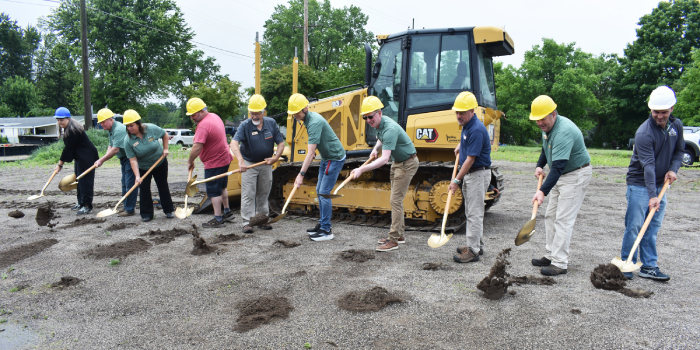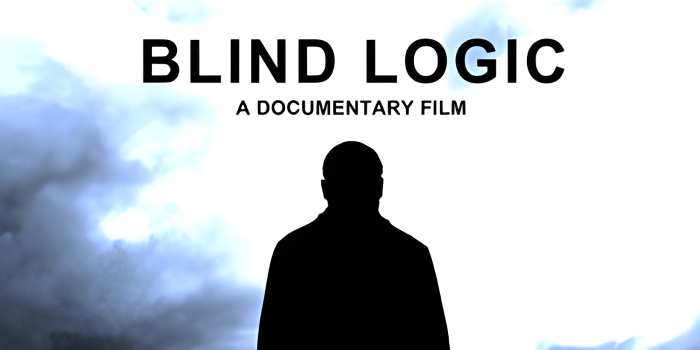Among other things, this label instructs users to avoid applications over the root systems of desirable plants. It also warns that plants on the other side of fences, or downslope from the application area could be injured if the roots travel into the treated area. It also states the product should not be used closer than twice the distance from the trunk to the dripline of the plant you wish to protect. Each and every label for products contain language that must be followed when applying a pesticide.
LAGRANGE — I had two calls I dread last week. Homeowners who had used herbicides to control weeds in their driveways, and now the trees and some of the grass along the drives are dying.
Jeff Burbrink
In previous years, the homeowners had used glyphosate on their drive, the active ingredient of Roundup and several other products. But some people in the community have placed a stigma on glyphosate, because it is “so toxic” and they have shifted to products with far worse consequences if not used correctly.
In an alternate world, if these people had used glyphosate on the drive, the trees would still be alive and the weeds of concern about would be dead. In about 2 months, they probably would want to treat the area with glyphosate again because new weeds would have germinated. Glyphosate does not have long lasting effects; it can only kill what is up and growing when it is sprayed.
The products they used belongs to a group of herbicides generally called soil sterilants. The purpose is to clear the ground of vegetation for a long period of time, at least 6 months, if not a year or more. There are probably a dozen active ingredients, and hundreds of brand names, that could be called soil sterilants.
Sterilants are often used on driveways, sidewalks, walkways, under decks, parking areas, along fences and curbs, places where you do not want any plants growing for a long time. All these soil sterilants have words on the label telling the user NOT to use the product over areas where the roots system of valuable trees and shrubs might be growing. Here is an example of the wording used on one such label:
“To avoid damage to desirable plants, do not apply over their root systems. For shrubs and trees, do not apply closer than twice the height of the plant as roots may be within this area.”
In the case of this particular label, there are even two drawings illustrating the zone to protect the plants. Treating a fence line, for instance, without considering where roots might be growing could result in the death of your own trees, or your neighbors, if a root strays under the treated zone.
Some people try to vilify the soil sterilant products, saying they are “too toxic.” In my mind, the sterilants have a useful place in the world. It is up to users to read the label and follow the directions. This would not have happened if the users had done just that. Now, a chainsaw is needed, and there is time to consider what to do with that space along the driveways while the sterilant wears off, which might be a year or two.
As an added caution, some products containing glyphosate have now added a soil sterilant to the mix, to give the product longer control. Often the rebranded product will prominently display the words “365” or allude to the product “clearing the ground” for an extended time. The label, once again, warns the user not to apply over the roots of valuable plants.
There is nothing wrong with these sterilant products, but there can be significant issues if the user does not pay attention to the details. The moral of this story is read the entire label and follow those directions.






